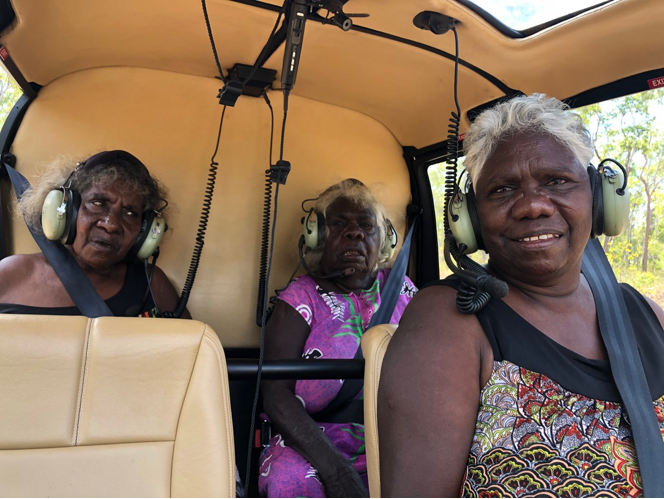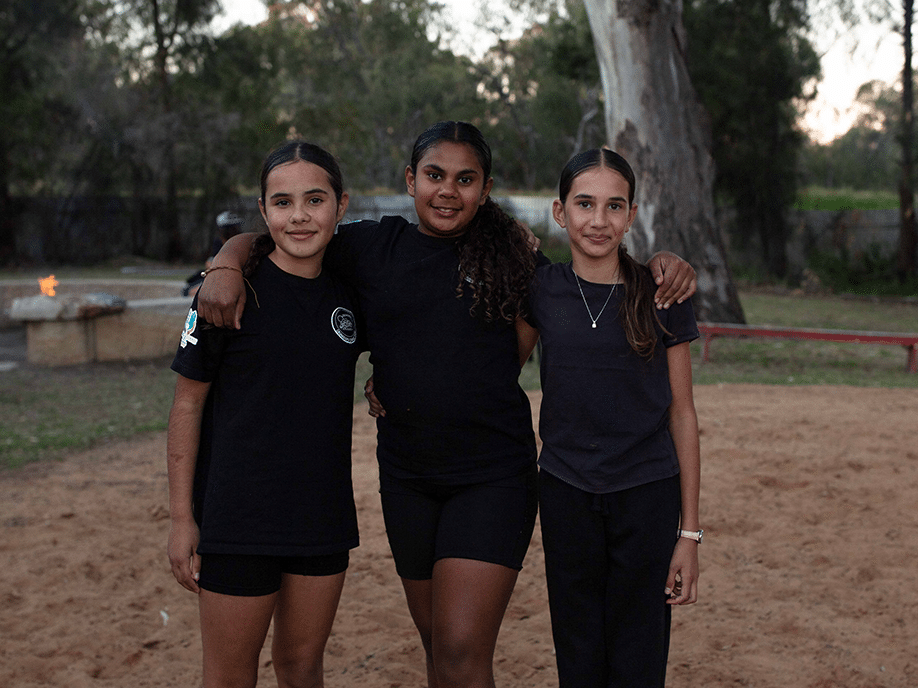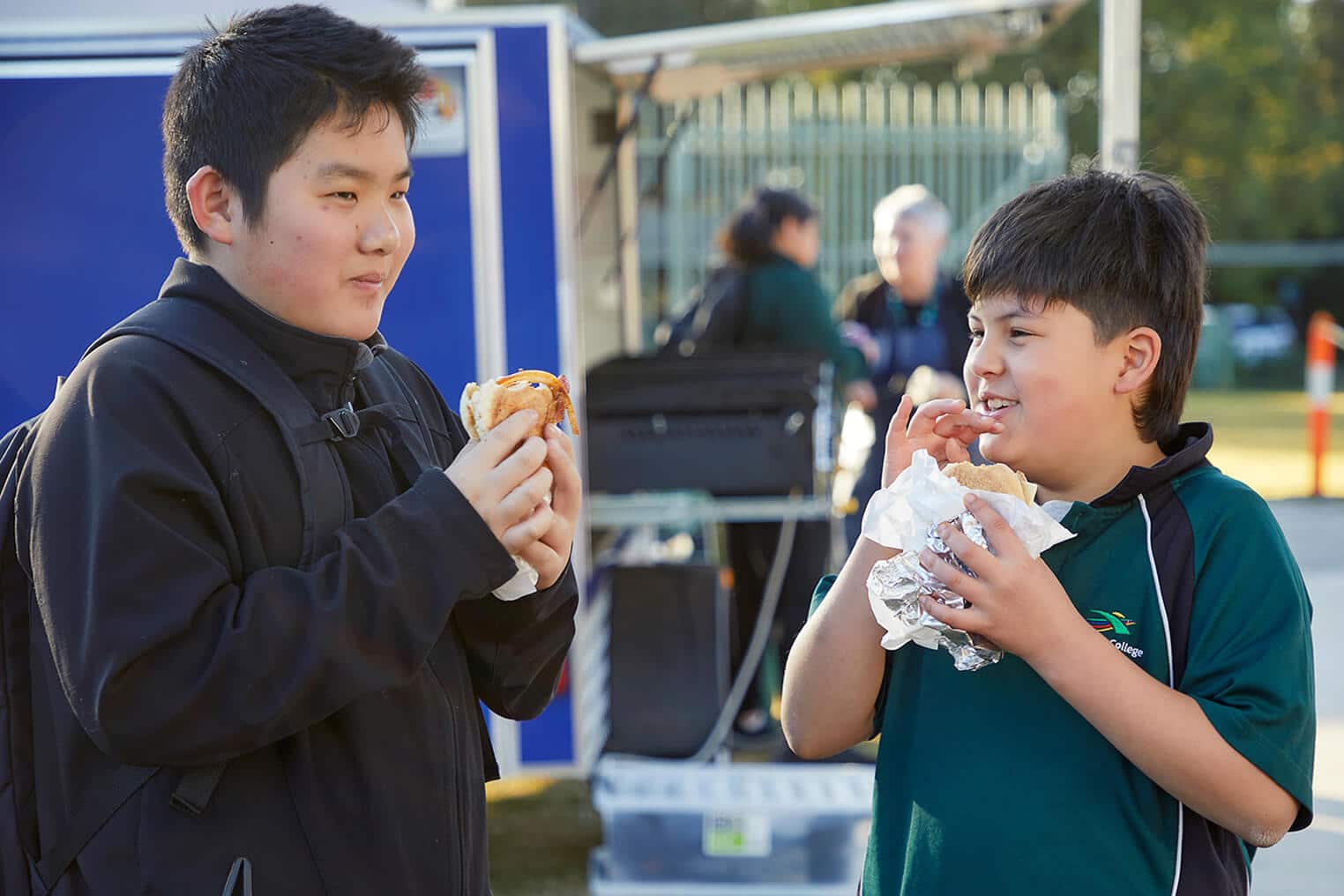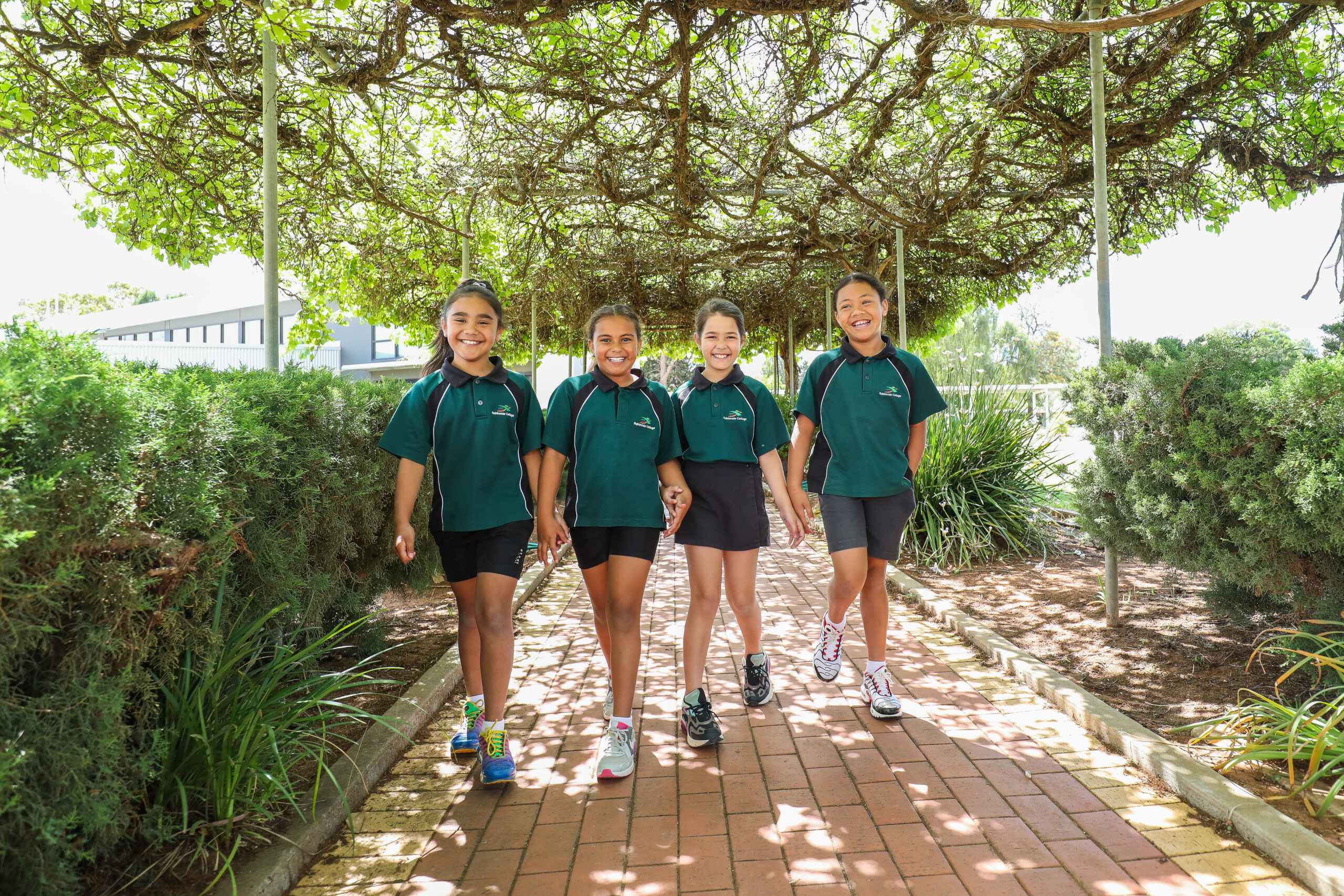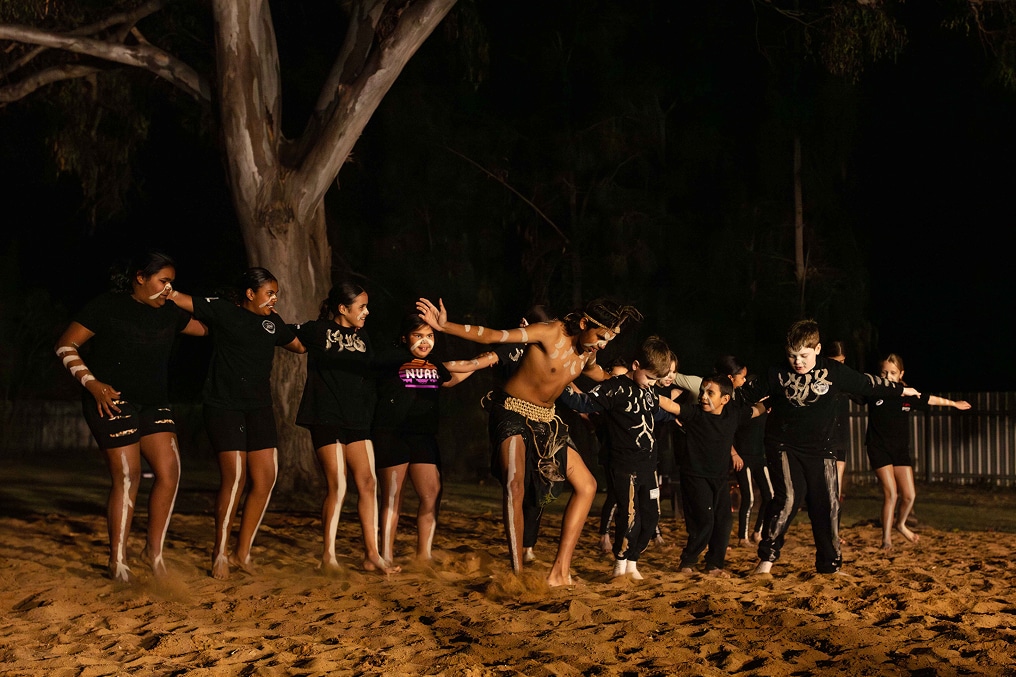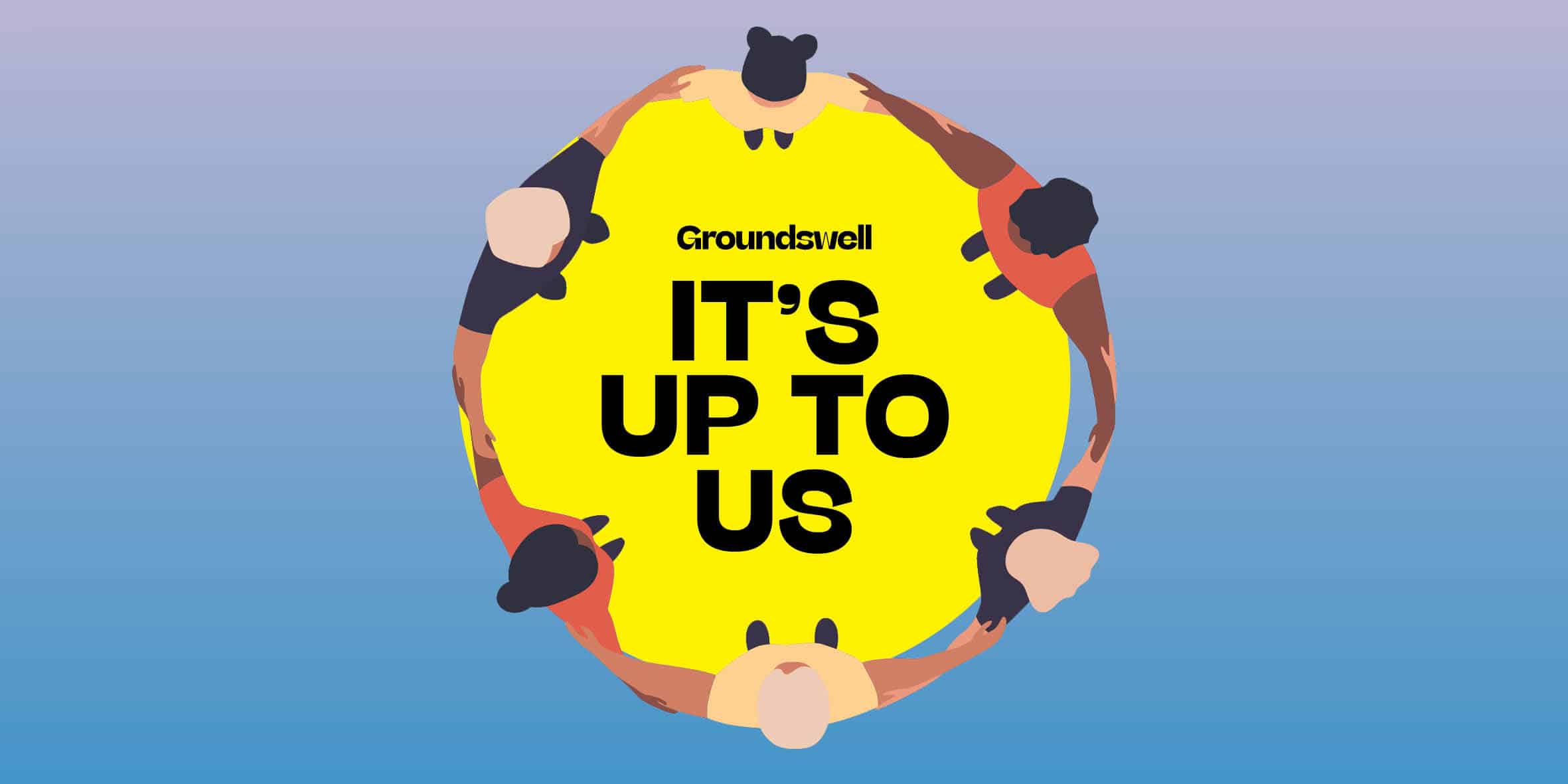Nawarddeken teachers Julie and Amber share their experience below.
“Kabulwarnamyo community was established through Lofty Nadjamerrek’s vision of returning Bininj to country. The Barradj camp followed in this dream of reconnecting with country as Nawarddeken students, staff and community members from Kabulwarnamyo and Manmoyi travelled to Barradj. This was an opportunity for families to reconnect with their country that was previously only accessible by helicopter. Thirty- nine rangers and elders, fifteen students and five support staff participated in the camp. Students had the opportunity of learning on country connecting Bininj (Indigenous) science and balanda (non-Indigenous) science and geography to their understanding of the Barradj area. Students had researched djabbo (northern quoll) to find out the predators and environmental changes threatening their survival and how the work of rangers is protecting these important animals. Barradj is a location where quolls (djabbo) have been captured by camera traps as part of the mayh (small mammal) survey and home to numerous undocumented rock art sites.
Prior to the camp Barradj had no road access, so through preparation and work by the Warddeken Rangers, roads were established to the site. During the three-day camp at Barradj students listened to stories from elders about the kinship and history of the country. It was wonderful to see people reconnecting with country and everyone was welcomed to the country by Serina Namarnyik and year 10 student and landowner Natasha Yibarbuk.
Elders spoke about the traditional damper made by cycad nuts and women and students went to a nearby cycad grove to harvest the nuts and learn about the process of preparing them for eating. We were very lucky to be able to chopper in some senior elders to share their knowledge and this experience with the students.
While taking part in this activity, it was exciting to come across an arrangement of painted kangaroo bones. Elders shared that these bones were collected from a young man’s first successful hunt.
Students learnt the process of setting up camera traps, and under the guidance of ecologist Alys Stevens and experienced ranger Lorraine Namarnyilk, set up camera traps to find out more about the quoll population in this area.
There was a lot of excitement as we walked through an overhang dwelling site, with students and families pointing out rock art all around, and older people sharing knowledge with the students.
It was lovely to return from activities at the bim (rock art) site to freshly cooked damper by some ladies who had stayed back. A weaving session run by some master weavers was a really nice time for the girls to sit with the ladies and practise their weaving, creating bracelets and earrings, and learning to collect colour for dyeing.
Throughout the camp students spent time enjoying Country with their family groups, fishing for turtle and finding honey!”



